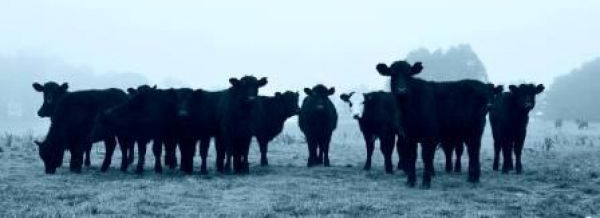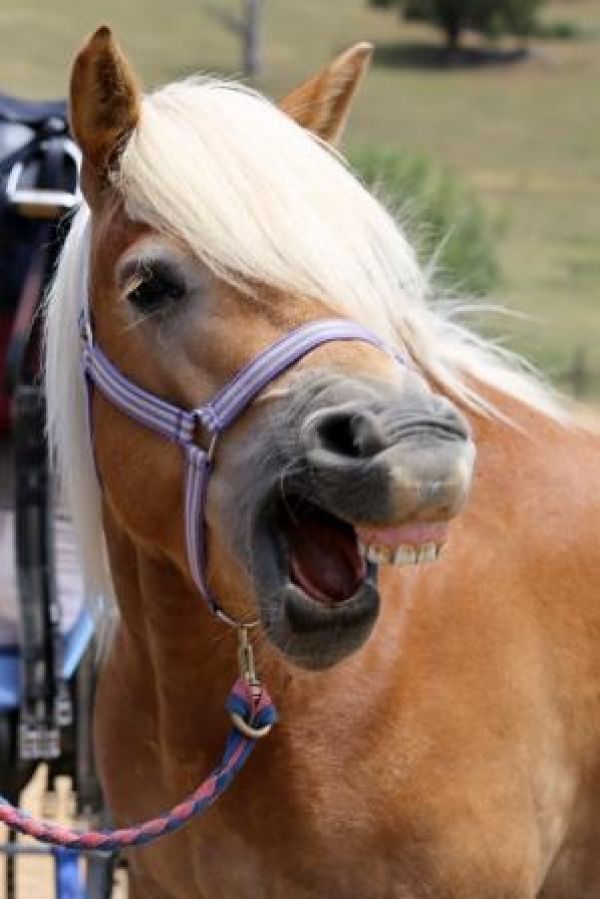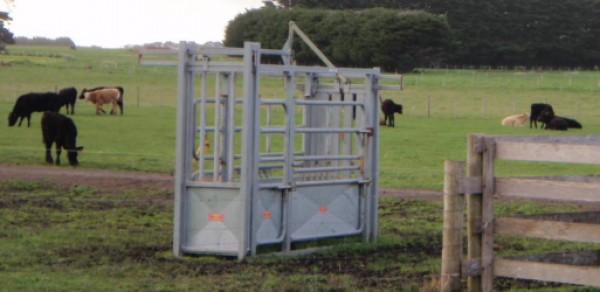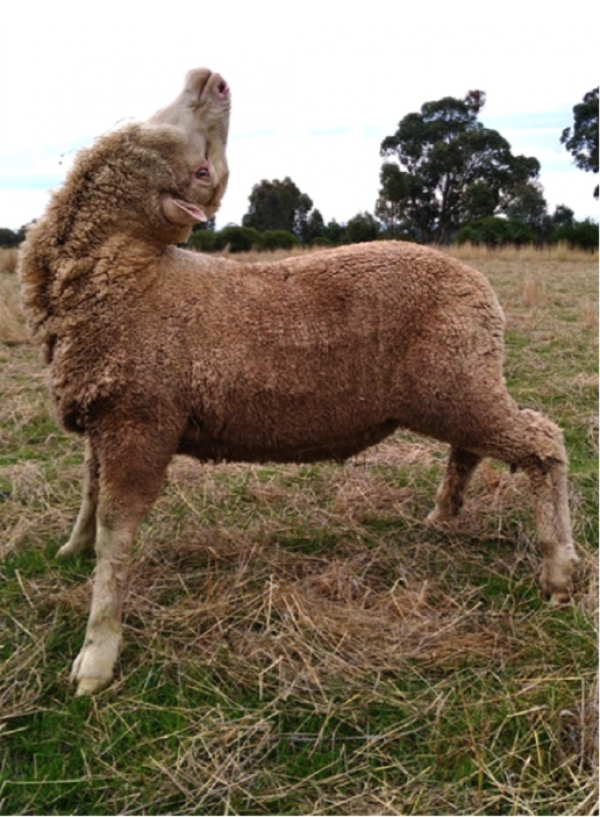 |
|

|
 |
 |
OVH Large Animal News |
July 2017 |
 |
|
 |
Horses' Birthday
Just around the corner on the 1st August - remember to give your horse an extra cuddle and a carrot!
Our Winter Equine Special continues for another month. Ensure your horse is in good health going into spring and hopefully some green feed.
What's included?
OPTION 1 (suitable for horses who have never or not had a dental procedure in the last 12 months)
physical examination, routine dentistry with sedation, tetanus/strangles booster, worming, faecal worm egg floatation, report on examination, dentistry and faecal float. $250 single, $225 two or more horses.
OPTION 2 (for horses already receiving regular dentistry)
routine dentistry with sedation, faecal float. $150 single, $125 two or more horses.
You can come to us or we'll come to you! Call to book an appointment 63618388.
|
 |
 Just waiting for my birthday treat...
|
 |
 |
|
|
|
 |
 |
01 When was your horse's last dental check? |
 |
 |
|
 |
Regular dental care is a vital part of good horse husbandry, and just like people, all horses should have a complete dental examination performed at least once a year.
Dental problems can have a negative effect on performance, behaviour and overall health. Some signs that could indicate an underlying dental problem include:
- Behavioural problems
- Weight loss or poor body condition
- Quidding (dropping partially chewed food out of the mouth)
- Bit resistance or head tossing
- Excessive salivation
- Bad breath
- Swelling of the face or jaw
- Purulent, smelly nasal discharge
However, as a prey animal, horses are very good at hiding any sort of dental pain, so you won’t necessarily know that anything is wrong in your horse’s mouth until the problem is very severe and painful. This is why it is so important to ensure regular and THOROUGH dental examinations are performed. A thorough visual and manual examination must involve: sedation, a dental gag, light, and dental mirror, in order to carefully assess each and every tooth in the mouth.
Abnormalities that we may identify include:
- Sharp, overgrown teeth, often with associated cheek or tongue ulcers
- Abnormal wear e.g. wave mouth
- Missing teeth
- Fractured or diseased teeth
- Extra teeth
- Dental caries
- Periodontal (gum) disease
- Diastema (gaps between teeth) and feed packing
So if it's been a while since we last asked your horse to "open wide", please give us a call to arrange a checkup.
|
 |
 |
|
 |
 |
02 Are your yards safe? |
 |
 |
 Great crush - would be better attached to yards...photo courtesy ACV brochure.
|
|
 |
Stock yard health check
Have you assessed your stock yards recently – do your yards and crush area work well or do they need some tweaking to make them safe? Has that gate catch that was loose last time been fixed?
A farm’s stockyards are a hub of activity with concentrated animal numbers and sometimes agitated stock and this is where close encounters between animals, farmers and employees, agents and vets happen.
We get to visit many stock handling facilities and know how important stock yard condition and design can be. Cattle yards don’t need to be shiny and new, just tidy, strong and fit for purpose. They do need to provide a safe working environment for all people working in the yards and for the livestock being processed.
Potential hazards to be on the lookout for include
-
Inadequate restraining equipment, broken gates, broken panels – animals need to be restrained safely and securely without being a danger to those handling them. An effective crush with head restraint is a great asset.
-
Slippery or broken surfaces which are obvious slip, trip or fall risks – non-slip surfaces help to provide safe footing.
-
Loose objects – eg broken rails, gates off hinges, protruding nails or wire.
Poor design and unsafe work conditions are not only a risk to the safety of those working in the yards they also add time and therefore cost to routine animal health procedures such as preg testing.
Winter is a great opportunity to assess your cattle yards for safe handling and to implement repairs or improvements as needed.
A useful resource for ideas and tips is the Australian Cattle Vets website article on Crush Design and Safety and for Yard design check out this DPI article. Our vet Andrew Denman would also be very happy to speak with you regarding yard requirements for safe stock handling.
|
 |
 |
|
 |
 |
03 Managing drench resistance in cattle |
 |
 |
|
 |
Drench resistance is a big issue facing not only the sheep industry but the cattle industry as well. There are two ways for your cattle to develop a resistance to worms:
1) breed them on your farm with poor drenching practices or
2) bring them into your farm in purchased stock.
Quarantine drenching reduces the risk of you buying resistant worms.
Quarantine drenching aims to eliminate as many worms as possible when you bring stock onto your property. Here are three tips to prevent you buying resistant worms:
-
Trifecta – this is the only drench on the market with three active ingredients from different drench classes present. All animals entering the property should be drenched with it.
-
Quarantine – hold all animals in a yard or small paddock for a minimum of 3 days to allow the drenched cattle to clean out. Often cattle will be held for 14-21 days in line with your biosecurity plan.
-
Release animals into a ‘dirty’ paddock. This paddock would have recently been grazed by other stock on the farm. The idea behind this is that any resistant worms that survived the quarantine drench will be diluted out.
|
 |
 |
|
 |
 |
04 Biosecurity plans to become a part of LPA-accreditation |
 |
 |
|
 |
From 1 October 2017, biosecurity will be included in the Livestock Production Assurance (LPA) program. Every LPA-accredited producer must ensure biosecurity requirements are fulfilled both on farm and during the transport of livestock between properties and feedlots, including to slaughter and live export.
Integrating biosecurity requirements strengthens the promise made to customers, protects the industry and environment, and streamlines the process of record keeping and reporting for livestock producers.
Biosecurity practices will be auditable and will be part of the accreditation assessment process. More information is available on the MLA website.
There are several ways to create a biosecurity plan - here are our top 3:
-
BIOCHECK® – a property biosecurity planning program developed by the Australian Cattle Veterinarians. You can talk to us about this, particularly if interested in maintaining a J-BAS of 7 or 8.
- The On-farm biosecurity plan template (fillable form, best opened in Google Chrome) is for producers to work through, with links to supporting documents to access and fill in as required. An additional action list, outlining biosecurity activities to be undertaken over the next 12 months, would help to make this a robust on-farm biosecurity plan specific to the property.
- The Livestock Biosecurity Network have developed the On Farm Biosecurity Plan (including Johne's disease), which is a detailed template that producers can use to custom build an on-farm biosecurity plan specific to their property.
Please let us know if you'd like help creating a biosecurity plan for your property.
|
 |
 |
|
 |
 |
05 Not a yoga pose, but a serious issue |
 |
 |
 Photo credit: M. Fernandes
|
|
 |
The lamb pictured left is star gazing, a symptom of polioencephalomalacia (PEM) in sheep and cattle. The disease is induced by thiamine (vitamin B1) deficiency and often occurs during the spring and autumn when there are sudden changes to the feed composition.
The key facts you need to know about PEM are:
- It’s treatable
- It’s preventable
- In most instances, the disease is sporadic and does not affect many animals. However, death rates have been reported to be as high as 10% in some cases.
The symptoms of PEM begin with agitation and anxiety, then progress to:
- muscle twitching
- star gazing
- blindness
- head pressing
- laying down
- and eventually death if treatment is not commenced.
In the case of death, we can confirm the disease with pathology testing. If the sheep are >18 months old, this testing can be put under the “bucks for brains” national TSE surveillance project. In this instance, you will receive $100 for any brain submitted.
Please call us if you think you might have PEM on your farm.
|
 |
 |
|
 |
 |
06 All about greasy heel |
 |
 |
|
 |
A common skin problem seen during the wetter months, usually winter in the Orange area (we wish this year!), is greasy heel, also known as mud fever or pastern dermatitis.
This condition is painful for horses and owners alike. It can cause discomfort and lameness in the horse, and can be very difficult for owners to treat as the condition can be quite persistent and tricky to get rid of. Horses that have pink skin and white hair on their pasterns are the most predisposed to the infection. Another major predisposing factor is standing in constant wet and muddy conditions.
Presenting as painful thick, crusty, yellow scabs around the back of the heels and the pastern, greasy heel is most commonly seen on the hind feet but can occur on all four. In severe cases, it can spread around the front of the feet and extend up the legs, the skin becomes thickened and inflamed (red), and the legs swell up.
Greasy heel usually involves a bacterial infection in the skin. Cases that are not resolving with standard treatment may need further testing to ensure there is not another underlying cause such as mites, fungi or immune mediated conditions.
Treatment initially involves clipping the hair away and washing the legs to remove all mud, followed by keeping the horse housed in dry conditions. Soaking and scrubbing the affected areas with an antiseptic detergent such as chlorhexidine to soften and remove the scabs is critical for killing the bacteria. Scab removal may need to be done in stages to avoid hurting the horse. Scab removal and washing should be followed by drying the legs and then applying a topical steroid based cream (please only do this under veterinary instruction). Pain relief should also be given.
If you're worried about your horse this winter, give us a call.
|
 |
 |
|
|
|
|
|
|
